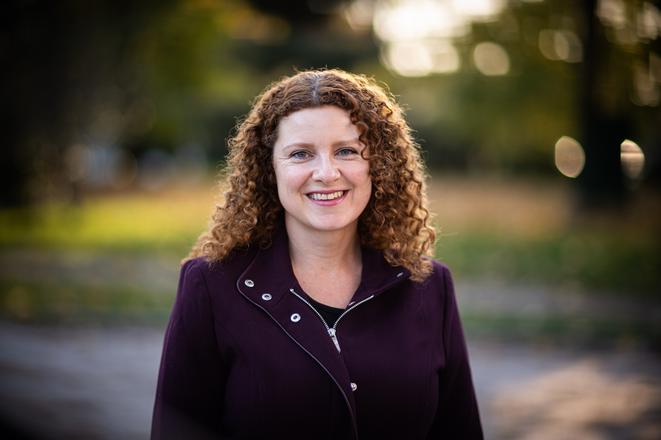"In the 50 years of the university's history, I was the first pregnant postdoctoral fellow. They did not even know what benefits they could offer me. HR told me that if I was infected with plague, like one of my colleagues had been, they would know what to do. But they were at a loss during pregnancy and motherhood," says Eva Lilly from an elite group of scientists tasked with planetary defence.
In an interview, she talks about the risks of Earth being hit by an asteroid, including what we could do to prevent it from happening. She also talks openly about the feelings of inferiority female scientists often suffer and the struggles they face if they want to devote themselves to science and family.
You belong to a very small group of people that survey asteroids and evaluate the potential risk of their collision with Earth. How many people are there?
The community is really very small, maybe around 50 worldwide. We have a network of telescopes in various places on the planet and one in space, allowing us to watch the sky day and night and record moving objects. We are particularly interested in asteroids, small space rocks between a few metres up to a few kilometres, with trajectories that could theoretically bring them closer to Earth and threaten us.
Out of those 50 people, is there someone always on the lookout, watching everything that happens in the sky?
Not quite. There are people who really sit behind telescopes and watch the sky. However, today's telescopes are usually automatic and trained staff captures the images, which are sent to us every morning along with other data. We then analyse and evaluate them. In many cases, they do not capture a real object, but an artefact or an error that has occurred when the image was taken. However, when it comes to real objects, we calculate their trajectories and send everything to the Minor Planet Center at Harvard & the Smithsonian. It is there that calculations regarding risks are taking place and whether these objects can collide with Earth in the next 100 years.
Do you encounter immediate threats or only those that may threaten the planet in a few decades?
The chance of spotting an imminent threat is actually quite high. There are billions of small asteroids roughly 20 or 30 metres in size. Such an asteroid has the potential to wipe out a city such as Bratislava. About once a month we get a warning that a body 1-metre in diametre is approaching Earth. In the last 10 years I remember about seven times when this actually happened. However, our planet is large and most of the surface is covered by oceans, so most people see a bright flash at most. However, there are parts of the sky that we cannot see, for example in the direction from the Sun. Ten years ago, an asteroid came from this direction, burned up in the atmosphere and injured about 1,500 people in the vicinity of the Russian city of Chelyabinsk.
Have you ever been really worried about the fate of the planet?


 Eva Lilly. (source: SME - Marko Erd)
Eva Lilly. (source: SME - Marko Erd)